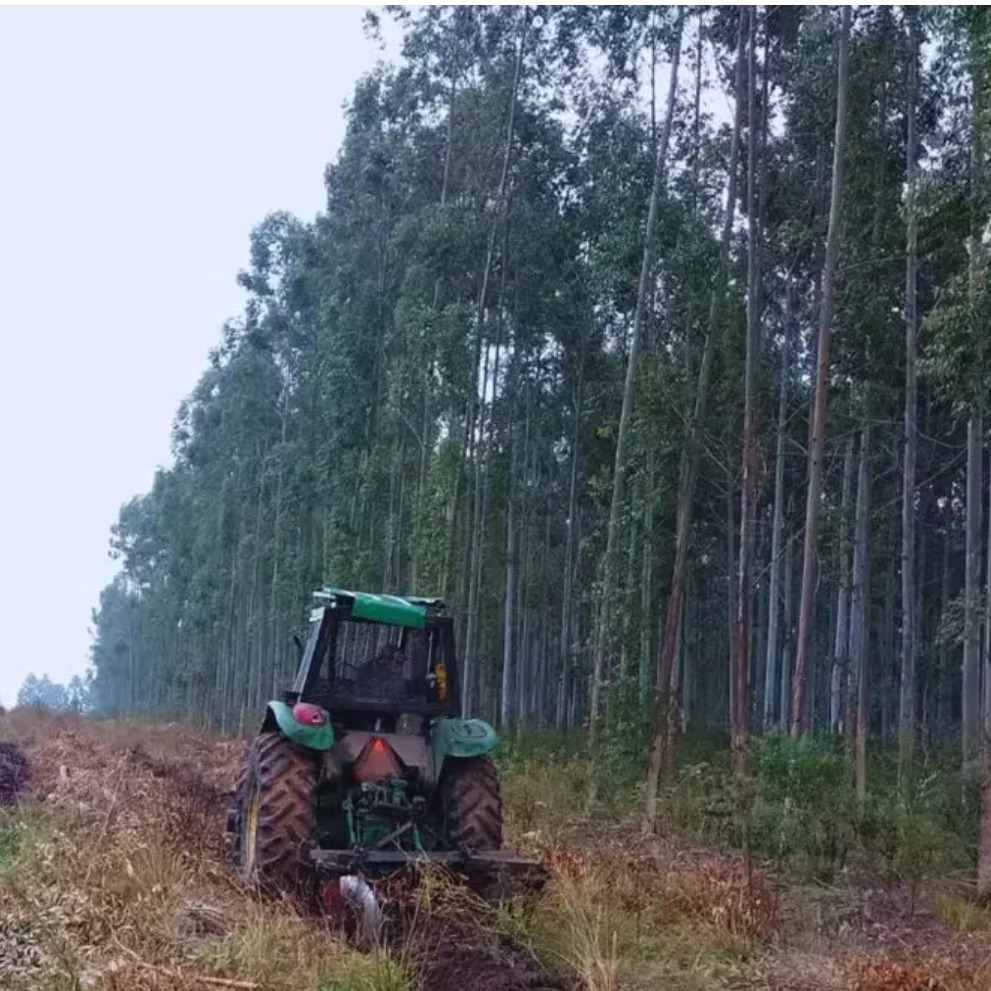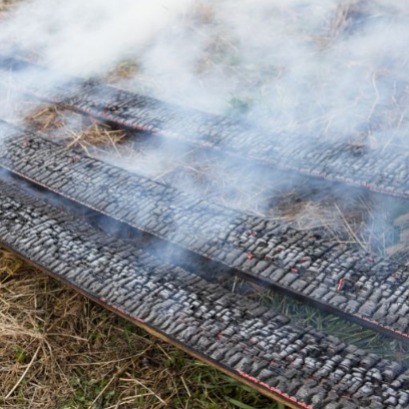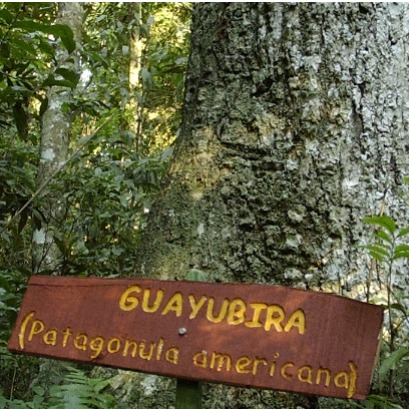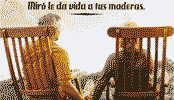
Forest Revolution: More than five decades of research and progress
Innovation and adaptation in cultivation techniques have positioned Entre Ríos as a leader in the production of Eucalyptus Grandis for more than half a century, INTA Concordia has been a fundamental pillar for the forestry sector in Entre Ríos and throughout Argentina. Through the provision of certified seeds and clones, and the exhaustive study of the properties and uses of wood, this institute has generated information and strategic services that have promoted forest development in the region. The forest impact on Entre Ríos
The province stands out on the Argentine forest map with 139 thousand hectares of plantations that represent 11.6% of the national total. This impulse has turned the province into the third forest-industrial pole of the country and the main ecologically favorable regions. The pines dominate these plantations with 59% of the total area, followed by eucalyptus with 27.5% and salicáceas (willows and poplars) with 6%. Investigation and innovation that mark the differentiating of the 70s, the INTA Concordia has been at the forefront of forest investigation in the region. Carlos de la Peña, a forestry engineer of the Institute, explains that although the first studies on pines and eucalyptus were published in 1956, it was not until decades later that an integral approach was developed under the National Forest Program. This program has allowed developing lines of Research ranging from the selection of species and planting sites to the proper management of wood according to its industrial destination. Health and environmental aspects have also been investigated, as well as the properties of wood for different uses, crucial information for planning and forest management in the region. TECHNOLOGICAL AND KNOWLEDGE TRANSFERING OF LOS Ángeles García, Forest Engineer of INTA CONCORDIA, highlights the close collaboration between the institute, producers and forestry companies. This synergy has allowed technologies to be applied rapidly in the field, improving the productivity and sustainability of plantations. Eucalyptus plantations in Entre Ríos are distributed in sandy, mestizo and clay soils, each with specific characteristics that affect productivity and The work necessary to optimize the growth of the roots. In the last decades, various tillage techniques have been evaluated, demonstrating that the breakage significantly improves the growth of plants in clay soils by reducing the resistance to the growth of the roots and facilitating the Water inlet. The combination of plow, dredge and camellón has shown to be the most effective in these soils. ADAPTATION AND INNOVATION IN THE FOREST INDUSTRY As the forest area and industry have developed, INTA CONCORDIA has adapted its research lines to address new demands and Challenges A remarkable example is the adaptation of Eucalyptus Grandis wood to construction techniques such as the light frame and log cabins. In addition, the constant training of operators and companies has been key to the growth of the sector. Global Use of Eucalyptoa World level, Eucalyptus is a versatile and widely used species. Its wood is fundamental in paper production due to its long and resistant fibers. It is also used in the construction of furniture and structures due to its durability. In the energy field, it is used as biomass to generate renewable energy. In addition, eucalyptus oil, extracted from its leaves, is a common ingredient in medicinal and cosmetic products. New research on eucalyptocon clones The availability of commercial clones developed by INTA Concordia, studies on handling and response to different Site conditions, as well as on the properties of wood for various industrial uses. These investigations seek to maximize the efficiency and adaptability of clonal plantations. The information generated by these investigations is spread, thus strengthening the forest-industrial chain of Entre Ríos and providing technical solutions to the challenges of the sector. INTA CONCORDIA has shown throughout more than 50 years the importance of accompanying and promoting forest research. His work has not only improved the productivity and sustainability of plantations, but also explored new uses and applications of eucalyptus wood, benefiting the entire production chain. The strategic alliance between researchers, companies and producers remains key to the strengthening and development of the forestry sector in Entre Ríos and throughout Argentina.
IT MAY INTEREST YOU
 Wawona tree: the tourist attraction of the United States that disappeared in 1969
Wawona tree: the tourist attraction of the United States that disappeared in 1969
It was created in 1881 and became a very popular place during the following decades. However, when the tree fell at the close of the 1960s, everything changed. Wawona tree was the name that had a tourist attraction from the United States, which remained standing from 1881 to 1969 in Mariposa Grove, Yosemite National Park, California.
 Burned wood: the Japanese technique that beautifies and protects the material
Burned wood: the Japanese technique that beautifies and protects the material
Elegant, ecological and resistant: the wood treated with the millenary technique called Yakisugi challenges the weather and the passage of time. In the world of design and construction, a Japanese ancestral technique is gaining prominence. This is the Yakisugi (also known as Shou Sugi Ban), a method that consists in burning the surface of the wood to make it more resistant and attractive. Although it may seem contradictory, exposing wood to fire gives natural protection against moisture, insects and deterioration over time.
 Know the Guayubira tree: one of the native timber species of the missionary jungle
Know the Guayubira tree: one of the native timber species of the missionary jungle
With information from the Native Missions Species Manual (2024), developed in collaboration between the Faculty of Forest Sciences of the UNAM and the United States Forest Service (USFS) through the Project Update and Edition of the Wood Identification Manual of the Missionary Jungle, we share information from each digital tab that includes dendrological and anatomical characteristics. The manual was elaborated in the Wood, Dendrology and Dendrocronology Anatomy Laboratory (LAMDYD) of the Faculty of Forest Sciences in Eldorado, National University of Misiones.





















